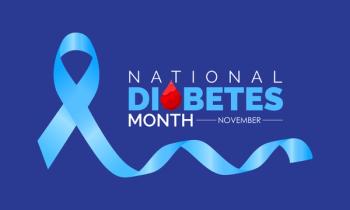
Updated Guidelines for Management of Chronic Pain Released
An updated resource from the journal Anesthesiology offers comprehensive new guidelines for the management of chronic pain.
Pharmacists who counsel patients with chronic pain can utilize newly revised guidelines from the American Society of Anesthesiologists’ Task Force on Chronic Pain Management. The new guidelines, which represent the first update since the original version was released in 1997, were published in the April issue of Anesthesiology.
The task force’s objectives were to help clinicians optimize pain control, enhance patients’ physical and psychological well-being, and minimize adverse outcomes. The recommendations include detailed guidelines for monitoring patient compliance and managing adverse effects for common chronic pain medication categories, such as anticonvulsants, antidepressants, opioids, muscle relaxants, and benzodiazepines.
The task force recommends that clinicians approach the management of chronic pain as a long-term treatment strategy that will require regular follow-up with a diverse team of health care professionals. Although the resource is intended for use primarily by anesthesiologists and other pain medicine specialists, its authors recognize the value in multidisciplinary intervention. They envision the guidelines in a range of practical applications, from counseling to rehabilitation therapy.
With their extensive knowledge of treatment options and disease states and their accessibility to patients, pharmacists can play an integral role in the collaborative model of care for chronic pain. By familiarizing themselves with the updated guidelines, pharmacists lay the groundwork for a cooperative approach to this complex, chronic condition. To read the complete recommendations, visit journal's
To learn more about the pharmacist’s role in chronic pain management, take the free 2-credit Pharmacy Times CE course, “
For other articles in this issue, see:
- NCPA’s Jumpstart for Pharmacy Owners
- Helping Parents Medicate Children Safely at Home
- Study Shows Aspirin Effective for Migraine Pain
Newsletter
Stay informed on drug updates, treatment guidelines, and pharmacy practice trends—subscribe to Pharmacy Times for weekly clinical insights.


















































































































































































































